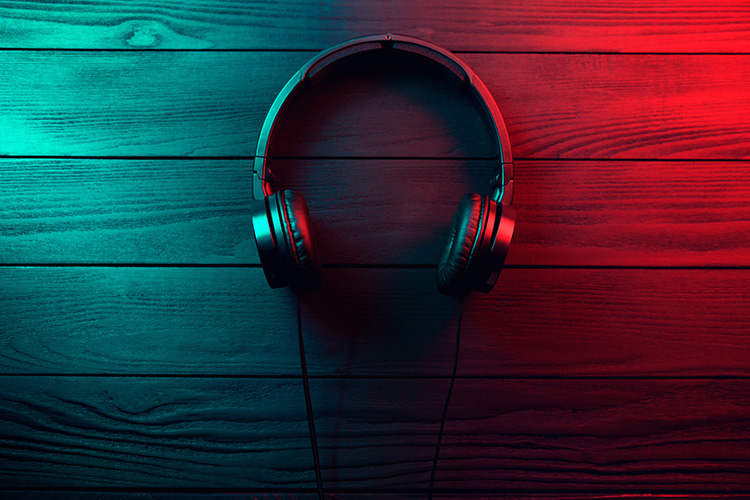Unlike some other audio products, headphones and in-ear monitors (IEMs) tend to be a more personal extension of the user since they are worn and used on a typically more regular basis.

Therefore, a number of other details come under consideration when shopping for headphones that might not with some other audio gear.
The following is an outline of 5 tips that I find helpful to follow when purchasing headphones and IEMs.
Secrets Sponsor
- Shop from a reputable source with an agreeable return policy: It’s one thing if you are going to make a $20.00 impulse buy on a pair of cheap earbuds for the gym or for your kids. It’s quite another if your budget and aims are considerably higher than that. Purchase from a brick and mortar store that will let you sample the headphones that you are interested in or from a reputable internet dealer that will allow a trial period. If you are going to spend serious money, reign in your immediate gratification impulses and take the time to research and try stuff out for yourself. You’ll be better for it in the long run.
- Build Quality: Carefully examine the headphones or IEMs you are interested in. Make note of the fit and finish, the quality of materials used and the general feel of the product. How does it feel in your hands? Does it feel like it will last or are the finish and assembly lackluster? If you about to spend your own money on these, would you be happy with how they look and feel?
- Design: What are the defining technical features of this product? Things like driver type, number of drivers, driver materials, headphone type (open or closed back), tuning, wire design, balanced or single-ended design, etc.
- Comfort: one of the most important considerations when it comes to headphones. A pair of cans could sound like God’s personal stereo set but if they are a physical strain to wear, it can ruin the whole experience. Try to have an extended listening session (more if possible) to better gauge overall comfort. Sometimes, problems crop up after a few hours instead of a few minutes. How tightly do the headphones clamp your head? What is the range of adjustment? A special note for IEMs, if they come with different sizes and types of earpieces, take the time to try as many of the choices as possible to get a good fit. Since every person’s ear is unique, getting a good fit and seal with IEM’s is essential to getting good sound and having a comfortable experience.
- Sound Quality (Subjective): Here is where the rubber meets the road. How do they sound to you? It’s always advisable to use music you are familiar with for any audio evaluation. If you can use a variety of music from different genres, that’s even better. Make sure you also have some tracks that have a wide dynamic range or, at least, wide swings of volume in the material. This is handy because it’s much easier to hear musical nuances and low-level details with drivers so close to your ears. When doing critical listening, ask yourself a number of questions when listening to familiar material. Things like: Do the treble, midrange and bass frequencies sound balanced? Do they blend seamlessly together? Does one section sound more or less prominent than another? How so? Do you notice any harshness or distortion when listening to certain instruments? (Strings and horns are a good test for this.) How do male and female vocals sound? Do the headphones project a wide or narrow soundstage? Do instruments sound like they extend beyond the confines of the ear cups? Can you make out those low-level details? (Decay of notes, ambiance, breathing between lyrics, etc.) Also, if you need to use any EQ to adjust the sound of the headphones to your liking, make note of it.
Happy Listening!
Secrets Sponsor


